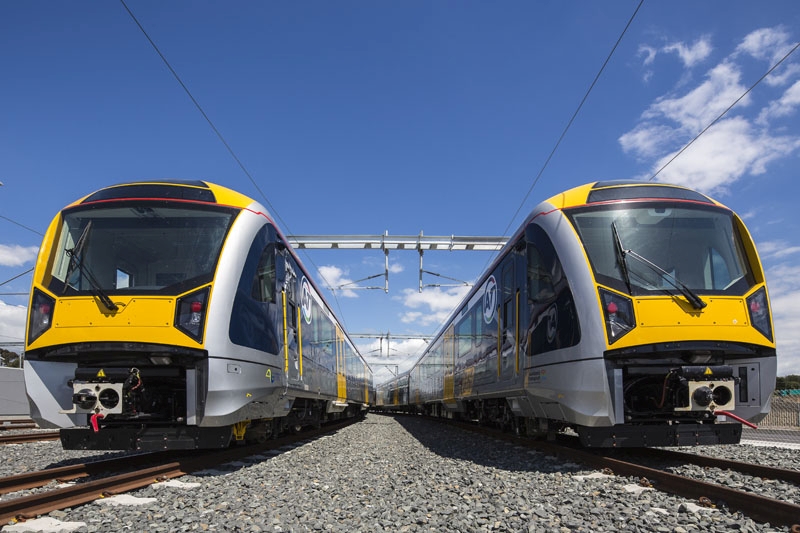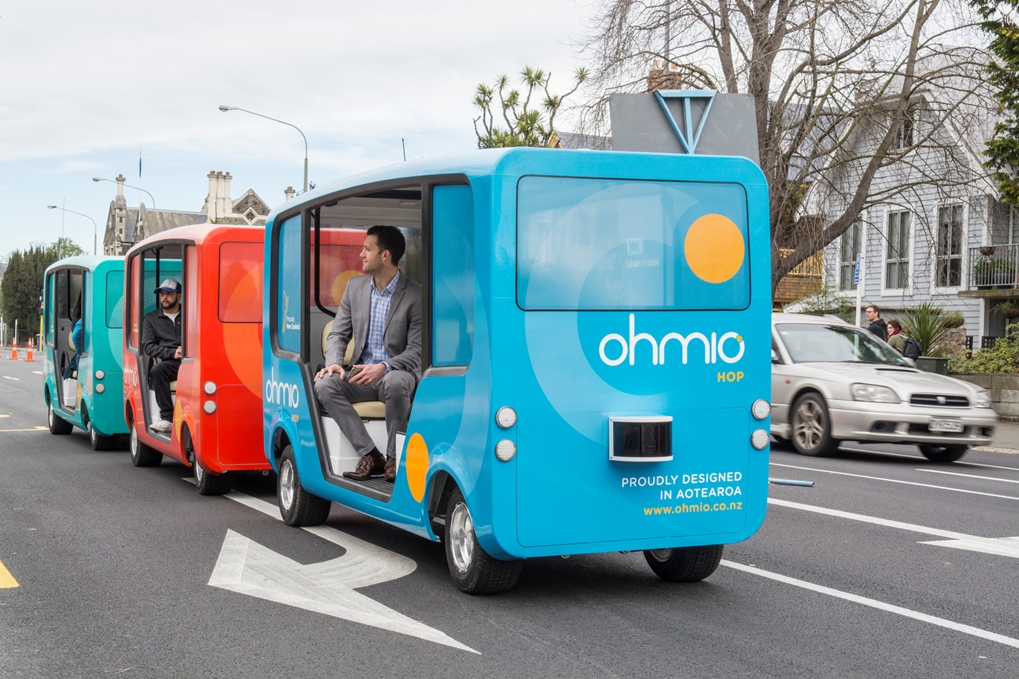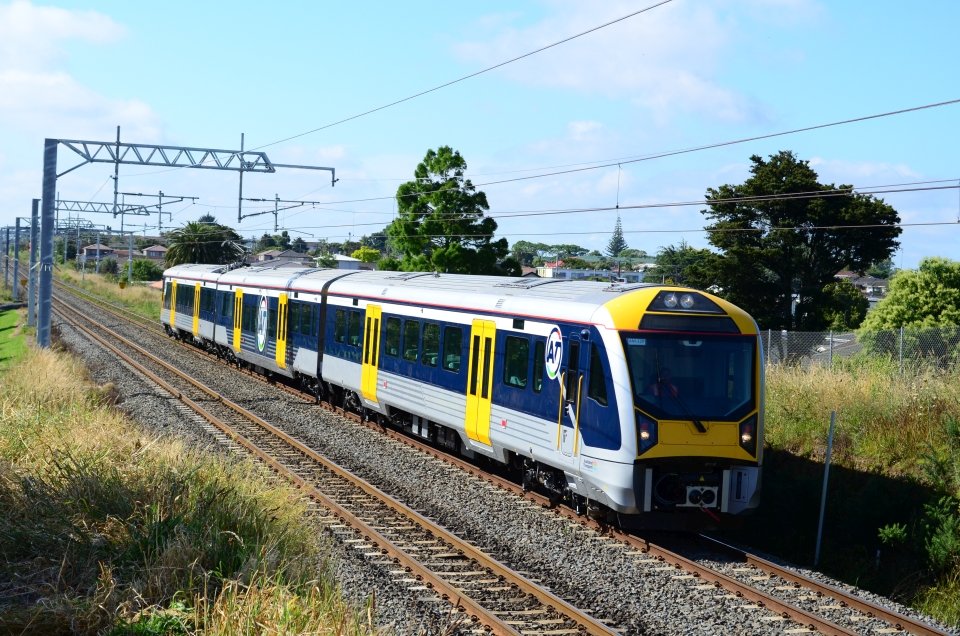You can contact LEARNZ, part of CORE Education, at:
Postal Address:
PO Box 13 678,
Christchurch 8141,
New Zealand
As the population of Aotearoa New Zealand increases traffic on our roads also increases. Using public transport both on the road and by rail can help to reduce road traffic and lower carbon emissions.

Automatic train operation (ATO) is a safety device. ATO is used at various levels of automation up to level 4, where a computer controls the train. Many places now use this system across the world. A train driver stays onboard to react to any failures or emergencies.

Self-driving vehicles drive themselves. They sense what is around them and use technology to find their way. They use sensors and software to control, navigate, and drive the vehicle. Self-driving vehicles use tools such as:
Transport is mainly powered by the burning of fossil fuels such as petrol and diesel. This produces greenhouse gases such as carbon dioxide. Increases in carbon dioxide contribute to climate change.
To reduce these carbon emissions people can use public transport and bike or walk instead of drive.

Rail transport can help lower the number of vehicles on the road. This can:

To help reduce air pollution and traffic on our roads you can:

Ready for a quiz? Try the Future of Transport interactive activity.